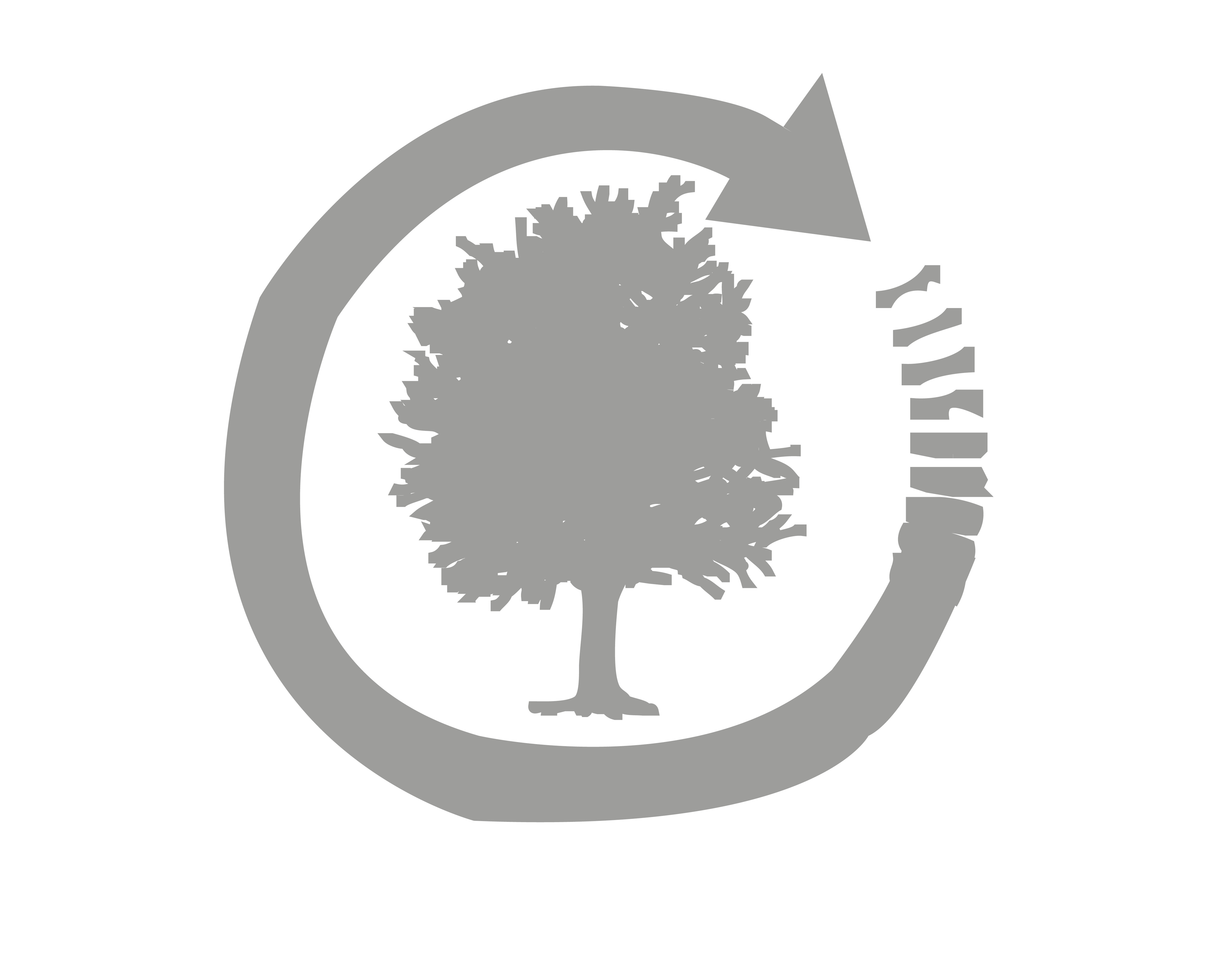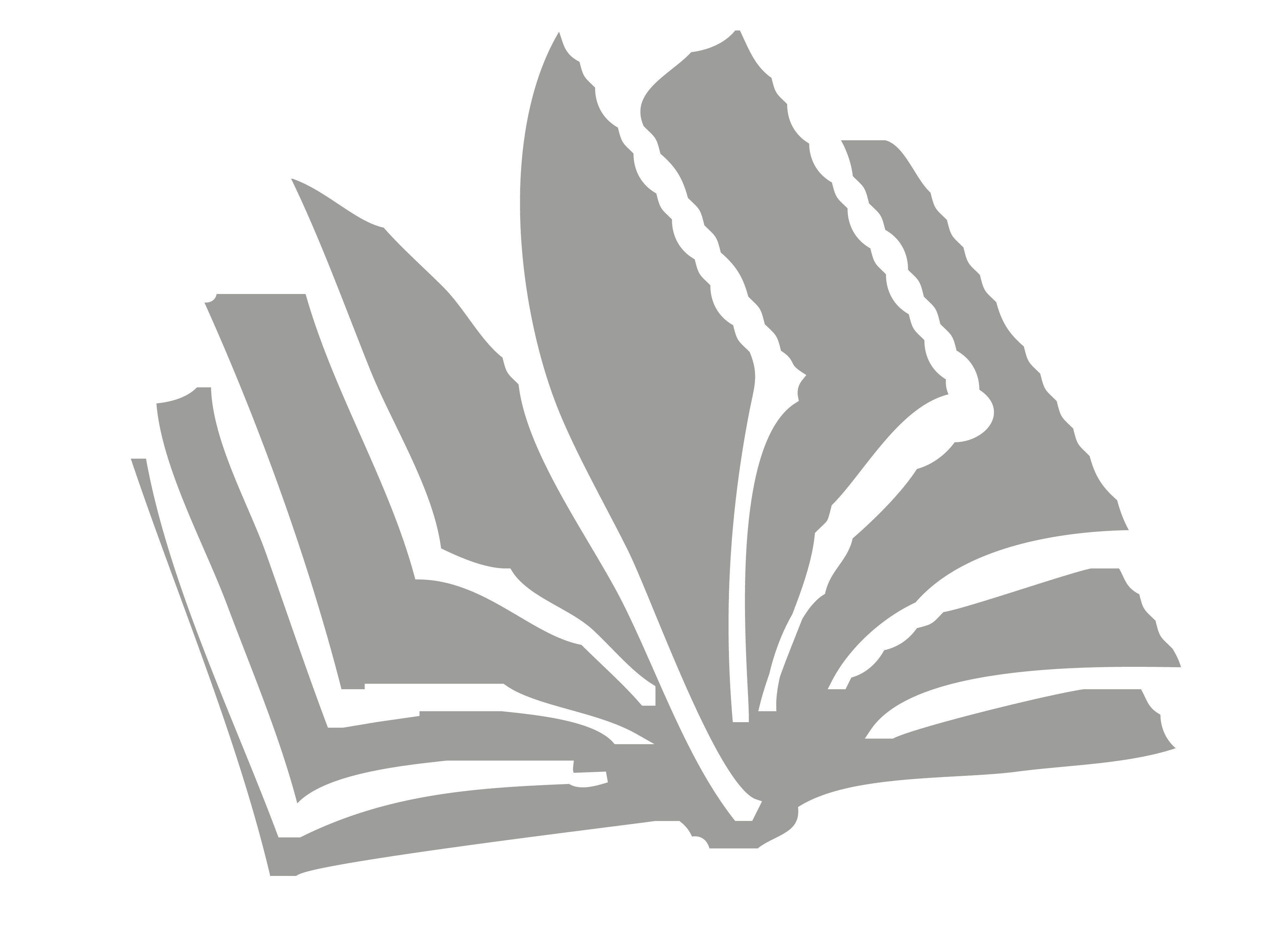E.C.O. – Your Partner in Nature Conservation
As a research and consultancy company, we have been developing innovative solutions to conserve biodiversity for over 25 years. We actively contribute to the conservation of natural habitats in more than 40 countries around the world. Our approach is science-based, practical and forward-looking.
With our ecological planning, landscape assessments, innovative communication strategies and sustainable development cooperation, we make a significant contribution to achieving the global Sustainable Development Goals. Rely on our expertise - we bring experience and know-how to your conservation projects!
News
Current Projects
-
First Management Plan for the new Vjosa Wild River National Park in Albania
The Vjosa River in Albania is one of the last wild rivers in Europe. It is free of hydropower and wa therefore able to preserve its natural character. In March 2023, the Vjosa Wild River National Park was established, which ensures the highest protection for the river from the border with Greece to the Adriatic Sea, including four tributaries.
In order to support the future management of the National Park and to define the main activities, objectives and plans for the next ten years, E.C.O. was commissioned by IUCN to prepare the first management plan. Together with national and international partners and a broad stakeholder process on site, a planning document is being created to support the first steps of the Vjosa towards becoming a high-level protected area.
-
Mapping of the peatland habitat types 7110, 7120, 7140, 7150 and 91D0
For the reporting of the monitoring of the conservation status of the protected goods required by Article 17 of the Habitats Directive, E.C.O. was entrusted by the Federal Environment Agency with the mapping of the peatland FFH habitat types 7110, 7120, 7140, 7150 and 91D0. The aim is to delineate and assess the stands in the specified sampling quadrants in the alpine biogeographical region in Vorarlberg.
-
Biosphere Reserve Feasibility Study Spessart Bavaria
The overriding goal of the feasibility study is to examine the possibilities for establishing a UNESCO biosphere reserve in the Spessart region. This involves clarifying whether and how the region can meet the criteria for an application for recognition as a UNESCO biosphere reserve and how the stakeholders in the region evaluate this idea. The detailed project steps contain the examination of the formal feasibility of the NUP Spessart on the Bavarian side, examination of the social feasibility (acceptance) and development perspectives. As a result, the feasibility study forms the basis for deciding whether the region should enter the formal application process for recognition as a UNESCO biosphere reserve.
-
Compensation areas for transport infrastructure projects
Within the framework of the impact regulation under nature conservation law, area compensation measures are regularly created to compensate for impacts caused by motorway and motorway projects. However, in none of the three D-A-CH countries (Germany, Austria, Switzerland) is there a uniform procedure for the planning, securing, maintenance and control of replacement or compensation areas, which means that the long-term security of the measures is often not given. Controls and evaluations of success are not carried out in a uniform manner. These circumstances make the implementation of compensation regulations and measures very complex in practice. Central land registers are not available in any of the three countries, although efforts are being made.
Together with the project partners ARNAL AG (Switzerland), University of Geisenheim (Germany), Leibniz Institute for Ecological and Regional Development (Germany), E.C.O. developed a uniform presentation of the status quo on the one hand and recommendations for action and implementation on the other. This takes into account aspects of climate and landscape change with regard to how planning, securing, maintenance and control of compensation and replacement areas can be improved in the future. The work was carried out by an interdisciplinary and international project team from the fields of practice and science, law and ecology.
-
Natura 2000 Management plan Gutschen
The Natura 2000 site Gutschen was nominated due to the occurrence of the rare moss species "three-man dwarf moss" (Mannia triandra). In order to ensure its continued existence, the province of Carinthia commissioned a management plan with the aim of classifying the current conservation status and formulating appropriate protective measures.
In addition to the moss surveys, we examined the steep and inaccessible area with regard to biotopes and habitats, whereby we discovered further FFH-Habitats. Among other things, the forest itself turned out to be 9130 Asperula beech forest and the area also includes limestone rocks with crevice vegetation of the type 8210. Zoological investigations were carried out with regard to reptiles and amphibians, bats and bird species.
In accordance with the Natura 2000 guidelines, profiles have been drawn up for representative protected assets, which classify the conservation status and formulate conservation objectives and corresponding protective measures. The landowners were informed, and the results of the surveys and the proposed measures were presented and coordinated.
Financing options for future extensive forest management, which largely allow for natural dynamics, were presented. A joint moss excursion was organized.
-
ScanForest4Carbon
Forest ecosystems form the largest biotic carbon store on earth. In the future, C must be sequestered from the atmosphere quickly and efficiently, so additional C absorption in forest biomass should be sought.
The basis for serious C trading at the forest operation level must be objectively traceable C monitoring. In this respect, particularly high demands must be placed on the inventory methods suitable for this purpose in terms of accuracy and repeatability. Especially in hardwoods, the traditional manual measurement methods are not sufficient because they are only focused on economically exploitable wood and do not represent e.g., carbon storage in deadwood. Terrestrial laser scanning (TLS) still has weaknesses in this regard and is not certified by a recognized institution. However, such certification would be required to allow forestry operations and protected areas to participate in voluntary accounting of C0² storage.
ScanForest4Carbon aims at improving the TLS-based forest inventory methods developed so far in terms of effectiveness, accuracy, repeatability and certifiability.
E.C.O. in numbers










